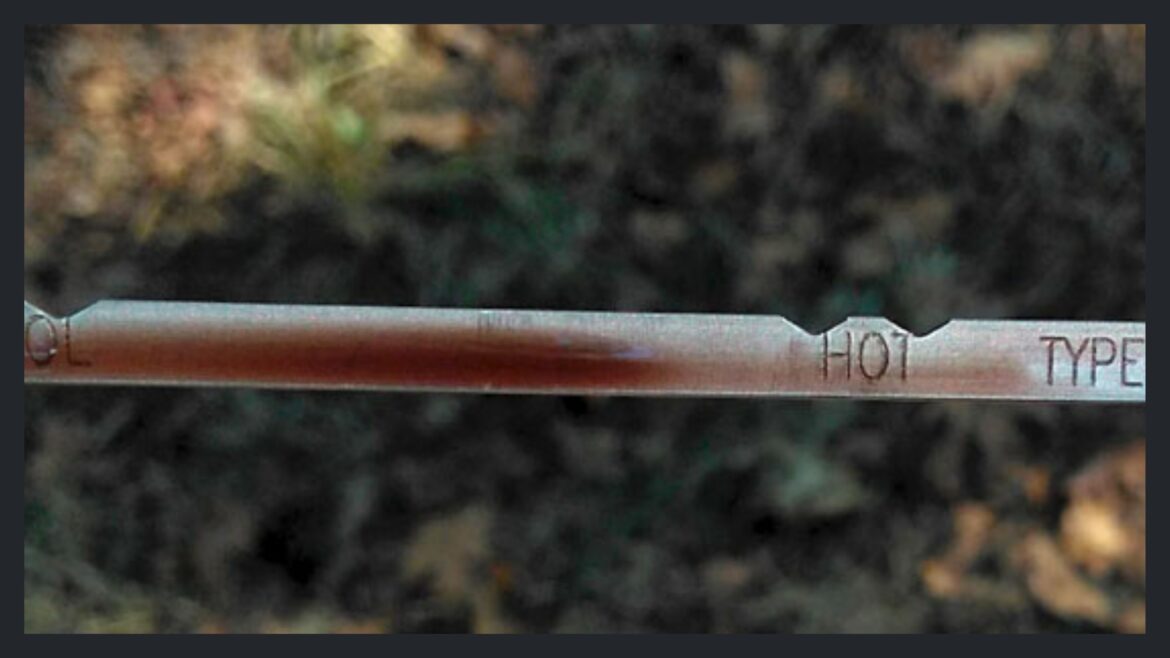
How to Refill Transmission Fluid (For Automatic or Manual Transmissions)
A transmission is a complex package of gears, shafts, and sometimes pulleys that take torque from the engine and multiply or divide that torque before transmitting it to the wheels.
All transmissions contain some type of fluid. Fluid can serve the following purposes in the transmission: lubrication, cooling, hydraulic actuation, or all of these.
When should I refill my oil?
Many transmissions come with a dipstick so you know when to add transmission fluid. Leaks can occur due to worn seals, improper gear or seal installation, or simply aging.
To check for transmission leaks, get under the car and check for dirty, oily residue on or near the transmission. You may notice oil or dirt buildup around the leaking transmission pan gasket.
Types of Gear Oil
Adding the right oil is very important to keep your transmission working properly. There are several types of gear oil, and each type has a different viscosity.
If you’re not sure which oil to use, be sure to consult your owner’s manual. Some oils contain friction modifiers. This is especially true for vehicles with a center differential or a limited-slip differential where the oil is shared between the transfer case and the transmission.
Automatic Transmission Fluid (ATF)
There are many types of automatic transmissions, but they all typically use automatic transmission fluid (also known as ATF). Some CVT transmissions use ATF with additional specialty additives.
Automatic transmission fluid is usually red in color and is used for heat regulation, lubrication, and hydraulic fluid in the valve body. ATF may also be used in power steering systems.
Manual Transmission Oil (Gear Oil)
While motor oil has a strength of 20 or 30 at operating temperatures, manual transmission oil has a strength closer to 90.
A thicker oil is needed to support the gears and synchronizers when you use the shifter to change gears. This extra thickness also helps it stick to the gears as you turn.
Transmission fluid, especially used transmission fluid, is generally considered one of the worst smelling vehicle fluids. This is due to high sulfur content and other similar foul-smelling additives.
Check your transmission fluid
If you are concerned that your transmission fluid level is low, park your car on level ground and let it run at operating temperature. Pull out the dipstick and check the fluid level. If the transmission fluid level is low, add fluid until it reaches the full mark. If the oil smells burnt, it’s probably time to change it. Depending on your vehicle, the method for checking the transmission fluid may vary slightly. Always check your owner’s manual to ensure the dipstick reading is accurate.
Encapsulated Gears
The only way to check the fluid level in a sealed transmission is to loosen the fill plug and insert your finger into it to feel where the transmission fluid level is. Fortunately, the oil level in a sealed transmission will only drop if there is a visible leak.
How to Refill Transmission Oil
Refilling transmission fluid is usually very easy. If your transmission has a dipstick, you can usually just pour the transmission fluid into the dipstick hole. If you want to try this, it’s helpful to have a small funnel ready.
With the engine started, put the shift lever in Park and leave the handbrake on. After removing the dipstick, insert the funnel into the dipstick hole. Depending on the location of the dipstick in the engine compartment, you may need a very long, thin funnel. If your transmission requires additives, add the additive before the transmission fluid.
Slowly pour in half a liter of gear oil. Wait a few minutes before engaging each gear. This allows the gear oil to get into all the tiny passages in the valve body.
Check the fluid level again. If the level is still low, add another 1/4 quart of fluid. Repeat this process until the level reaches the full mark. Be careful not to overfill the transmission. This can create too much pressure inside the transmission and damage internal components, requiring costly repairs.
No Oil Level Gauge
If you don’t have a level gauge, your transmission should have a fill plug. Loosen the filler plug, place the bottle over the filler hole, and squeeze the bottle until transmission oil comes out. This process can be a bit messy, so it’s a good idea to have a cardboard or oil pan ready.
To make things cleaner and easier, try using an inexpensive oil pump that attaches to the top of the transmission fluid bottle. No matter your use case, there are many different types of oil pumps to fit your needs.

